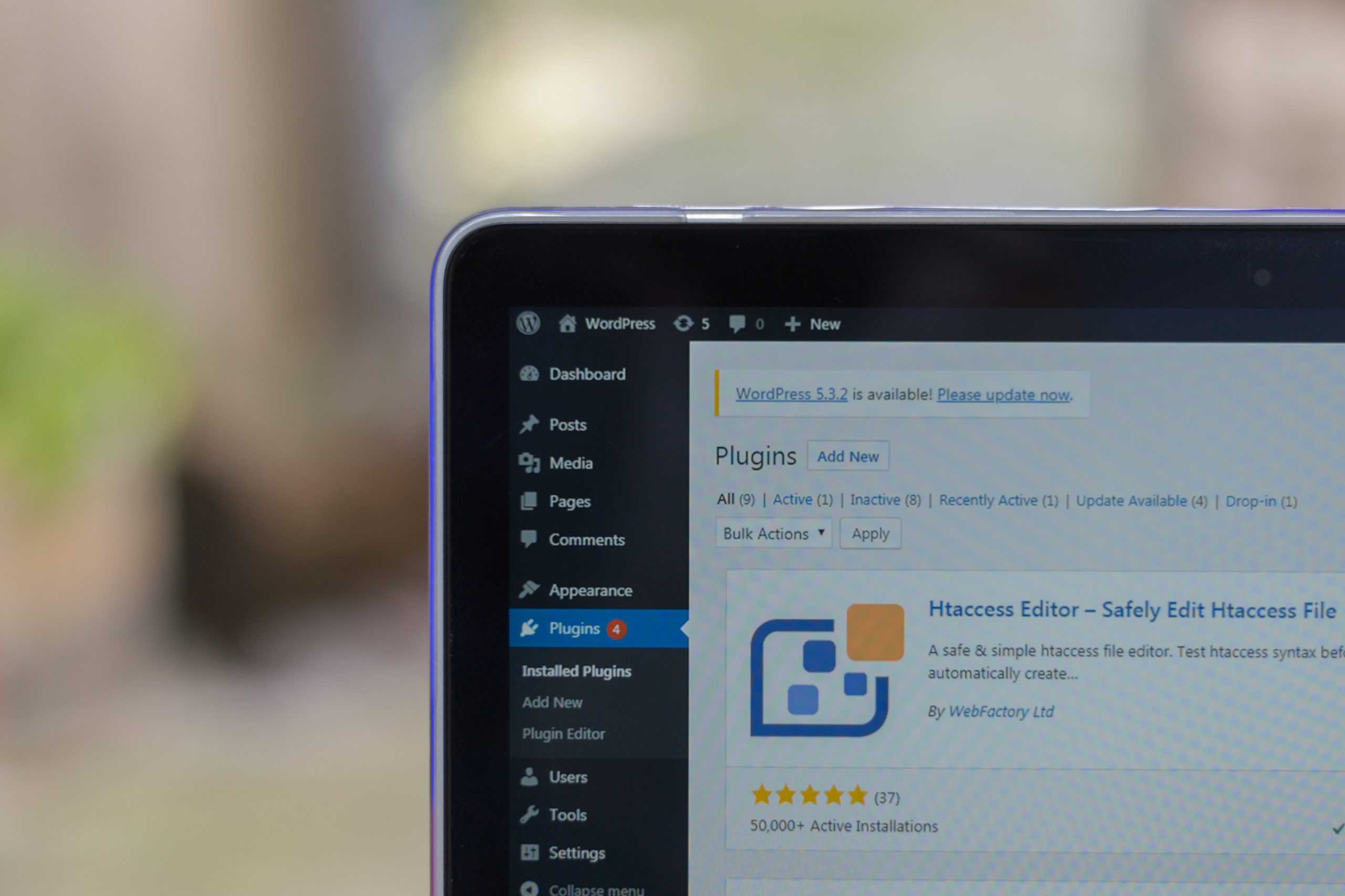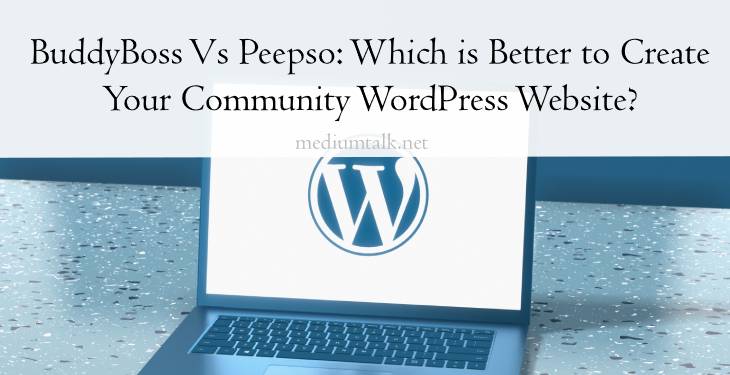When it comes to establishing an engaging and interactive online presence, selecting the right platform can make all the difference. Whether you’re aiming to foster meaningful connections among members or provide a seamless user experience, understanding the strengths and limitations of BuddyBoss and Peepso is crucial in making an informed decision. Join us as we embark on a comprehensive comparison journey to uncover which platform reigns supreme in the realm of community building on WordPress.
Features Comparison: Key features of each platform
When it comes to comparing the key features of BuddyBoss and Peepso, both platforms offer a comprehensive set of tools for building community websites on WordPress. BuddyBoss shines with its extensive customization options, allowing users to tailor their community site to fit their brand and vision. With features like member profiles, activity feeds, and group discussions, BuddyBoss empowers users to create a dynamic and engaging online community.
On the other hand, Peepso stands out with its intuitive user interface and seamless integration with WordPress. The platform offers a range of social networking features such as user profiles, private messaging, and media sharing capabilities. Additionally, Peepso’s modular structure enables users to add or remove specific functionalities based on their community’s unique needs.
Ultimately, the choice between BuddyBoss and Peepso will depend on individual preferences regarding customization flexibility versus user-friendly interfaces. Both platforms have distinct strengths that cater to different requirements in creating vibrant online communities using WordPress.

User Interface: Ease of use and customization options
When it comes to creating a community WordPress website, the user interface plays a crucial role in providing an enjoyable experience for both site administrators and members. BuddyBoss and Peepso each offer unique approaches to user interface, with an emphasis on ease of use and customization options.
BuddyBoss excels in providing a user-friendly interface that allows administrators to easily navigate through various features such as member management, activity streams, and group interactions. The platform offers extensive customization options, enabling site owners to tailor the look and feel of their community website according to their specific branding and design preferences. On the other hand, Peepso boasts a sleek and intuitive user interface that focuses on simplicity and accessibility for both administrators and users. With its drag-and-drop layout builder and customizable styling options, Peepso allows for effortless personalization of the community website without requiring any coding knowledge.
In conclusion, both BuddyBoss and Peepso offer robust user interfaces with exceptional ease of use and customization options. While BuddyBoss provides comprehensive tools for deep customizations, Peepso stands out with its streamlined approach that makes it easy for anyone to create a tailored community WordPress website. Ultimately, the choice between these platforms will depend on the specific needs of your community website project.
Community Engagement: Tools for interaction and communication
Community engagement is crucial for the success of any online community, and having the right tools for interaction and communication plays a significant role. Both BuddyBoss and Peepso offer compelling features to facilitate community engagement, but the approach differs. BuddyBoss excels in providing a robust platform with integrated social networking, private messaging, and group discussions. On the other hand, Peepso focuses on creating an engaging user experience through its intuitive interface and customizable activity streams.
When it comes to tools for interaction and communication, each platform has its strengths that cater to different community needs. For instance, BuddyBoss’s focus on creating a comprehensive social networking platform may be ideal for larger communities looking for diverse engagement options. Conversely, Peepso’s emphasis on user-friendly interfaces and customizable activity streams may appeal more to smaller communities seeking a personalized touch. Understanding these nuances can help in choosing the best platform based on specific objectives for community engagement.
Ultimately, while both platforms offer valuable tools for interaction and communication, carefully considering the unique needs of your community will lead to making an informed decision regarding which platform is better suited to create your WordPress website.

Integration and Compatibility: Third-party plugin support
When it comes to creating a community WordPress website, the support for third-party plugins is a crucial factor to consider. Both BuddyBoss and Peepso offer varying degrees of integration and compatibility with third-party plugins, allowing users to extend the functionality of their community websites. However, the level of support for third-party plugins can significantly impact the overall user experience and the ability to customize the site according to specific needs.
BuddyBoss stands out with its robust support for a wide range of third-party plugins, offering flexibility and freedom for users to integrate additional features seamlessly. This extensive plugin support enables users to leverage popular tools for e-commerce, membership management, social sharing, events management, and more. On the other hand, Peepso also provides compatibility with several third-party plugins; however, its ecosystem may not be as expansive as that of BuddyBoss. The availability of compatible plugins can affect how easily users can enhance their community websites without constraints.
In conclusion, while both BuddyBoss and Peepso provide support for third-party plugins, the depth and breadth of plugin compatibility offered by each platform play a significant role in determining which one is better suited for creating a tailored community WordPress website.
Pricing and Support: Cost comparison and customer service options
When it comes to pricing and support, both BuddyBoss and PeepSo offer competitive packages, but their approaches differ. BuddyBoss provides a range of pricing plans tailored to different needs, including options for single-site owners and agencies managing multiple communities. In contrast, PeepSo offers a more straightforward approach with a single package that includes all features. However, while the initial cost may seem higher with PeepSo, it’s worth considering the long-term value in terms of scalability.
Customer service is a critical factor when choosing a community WordPress plugin, and both BuddyBoss and PeepSo understand this. BuddyBoss boasts an extensive support system with dedicated forums, documentation resources, and ticket-based assistance. On the other hand, PeepSo takes pride in its responsive customer service through email support and an active community forum. Ultimately, your preference between the two will depend on your specific needs for ongoing assistance and guidance.

Conclusion: Making the right choice for your community website
In conclusion, when it comes to making the right choice for your community website, both BuddyBoss and Peepso offer compelling features and functionality. It ultimately boils down to understanding the specific needs of your community and determining which platform aligns best with those requirements. If you prioritize a seamless integration with WordPress and desire flexibility in terms of customization, BuddyBoss might be the ideal solution for you. On the other hand, Peepso’s focus on social networking features and user engagement may prove beneficial if fostering a vibrant online community is your primary goal.
Ultimately, it’s crucial to weigh the pros and cons of each platform while also considering factors such as budget, long-term scalability, and ongoing support. Conducting thorough research into each option and even seeking feedback from existing users can provide valuable insights that inform your decision-making process. By carefully evaluating how each platform caters to the unique dynamics of your community website, you can make an informed choice that sets the stage for an engaging, interactive online space tailored to the specific needs of your audience.
